
One Laptop Per Child unveiled its XO 3.0 tablet at the Consumer Electronics Show Sunday, designed to bring the tablet experience to developing countries. The tablet sports impressive specs given its targeted price point ($100, but only sold in bulk to countries) and OLPC has made sure the device has a variety of charging methods at its disposal.
The XO tablet can run Android or its own Sugar OS on a 1024x768 PixelQi display for both indoor and outdoor reading, or a 1024x768 LCD. Internally, it has 512MB of RAM and 4GB of internal storage, as well as a USB port, microUSB port, audio in and out ports, and a power jack.
The XO 3.0 uses Marvell's ARM-based ARMADA PXA618 SoC, much like the new XO 1.75 laptop. Previous generations of OLPC hardware used x86-based AMD Geode chips that were less energy-efficient. Marvell partnered with OLPC to develop the tablet in 2010 and gave the organization a $5.6 million grant during a time when it faced serious financial difficulties.
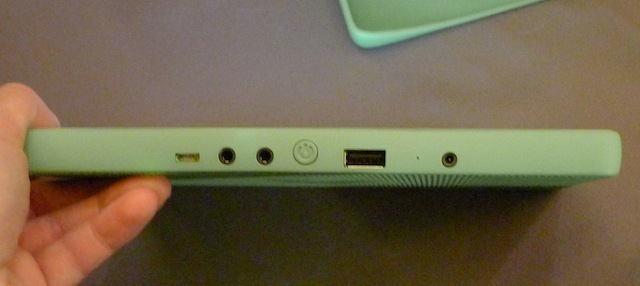
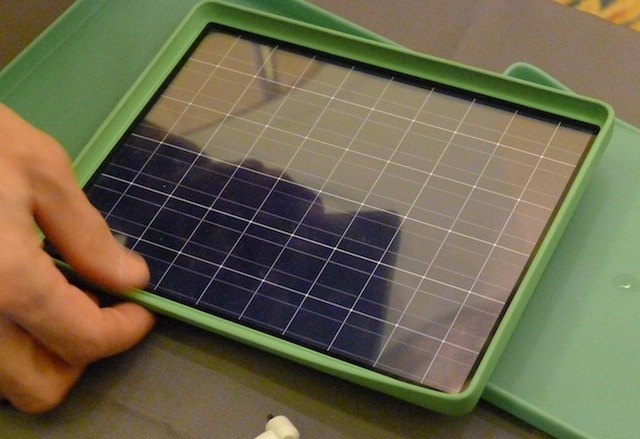
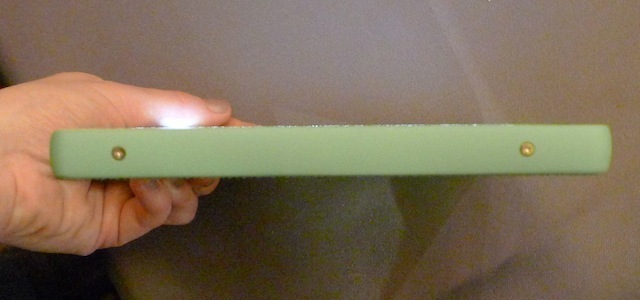
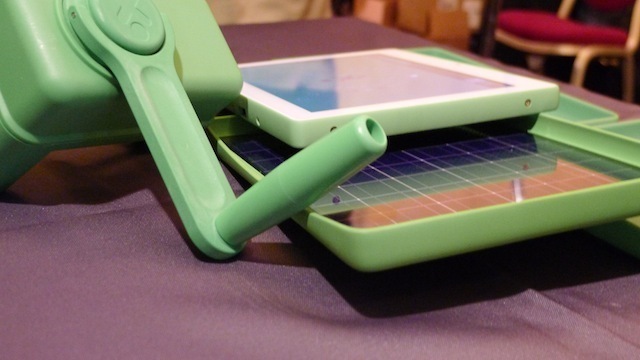
And that power jack became our favorite part of the device. Not only can the device be powered by a separately purchased hand crank or solar panel (which uses externally exposed screws that hold the tablet together to transmit power), but according to Edward McNierney, chief technology officer of OLPC, the tablet can even be powered by waterwheel or bicycle with the right connections. McNierney told Ars that the tablet can handle variable voltages between 10 and 25 volts, which opens up charging to less-consistent power sources that most other tablets can’t tolerate. The hand crank takes hard-and-fast cranking to power the tablet for just a few minutes, but the 4-watt solar cover can provide two hours of power for every hour of sun exposure.
The XO tablet is a little heavy and chunky, but we expect small hands won’t mind. When we handled it, swipes and taps were fairly fluid, and McNierney showed the browser with a few pages of Wikipedia.
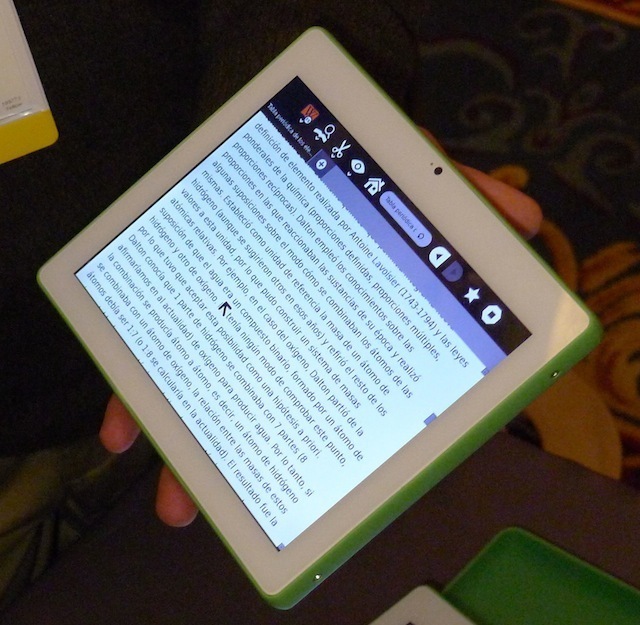
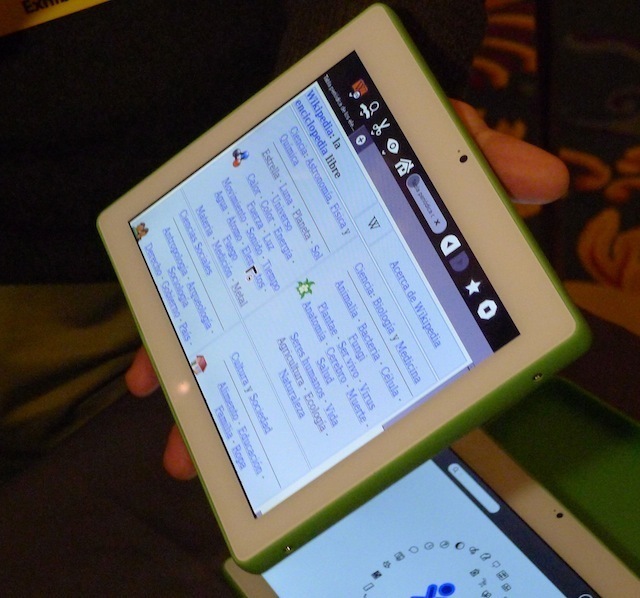
Is it an iPad killer? Of course not. But it’s a great vector for getting the interaction and learning experience of a tablet into more hands.
OLPC's initial launch target for the XO tablet was 2010, but obviously the date has slipped, something that happens because, as McNierney said, "we're not RIM or HP." The company hopes to make the tablet available at some point this year.
reader comments
40